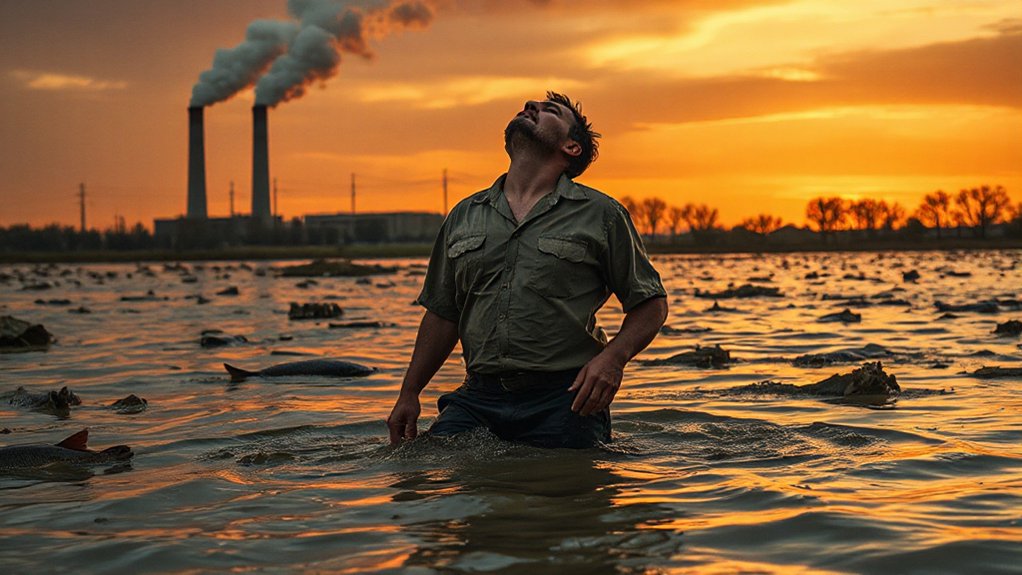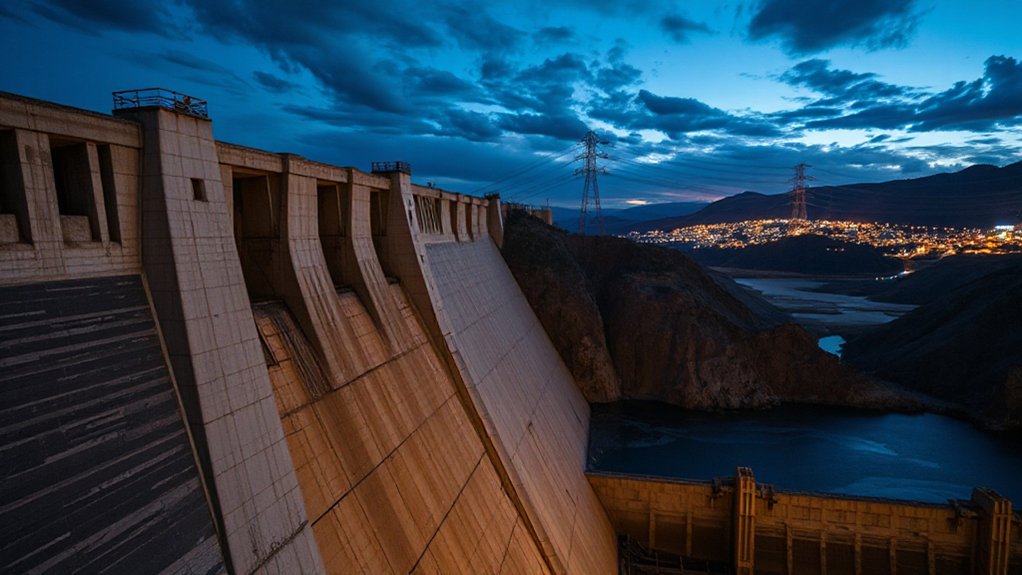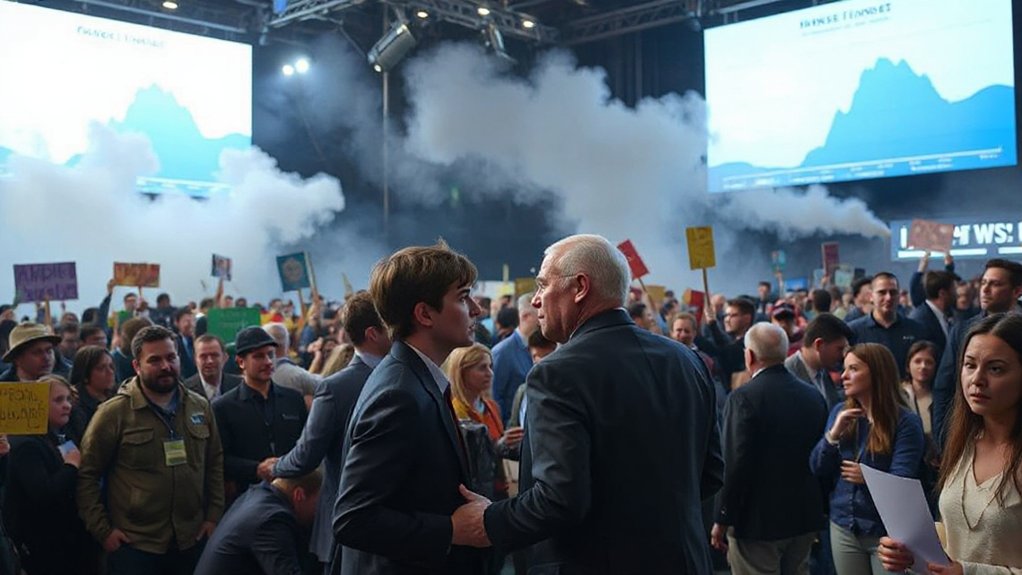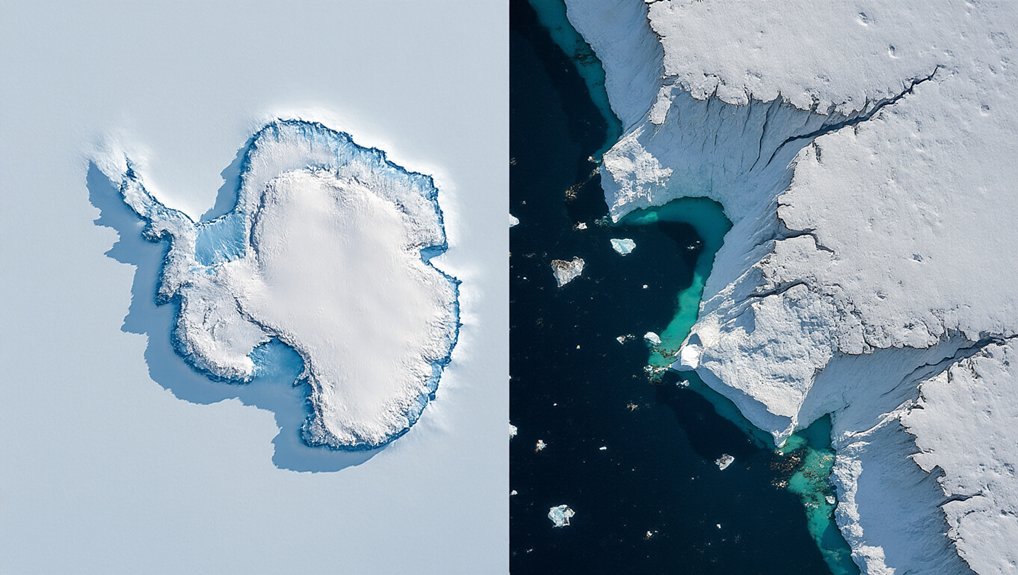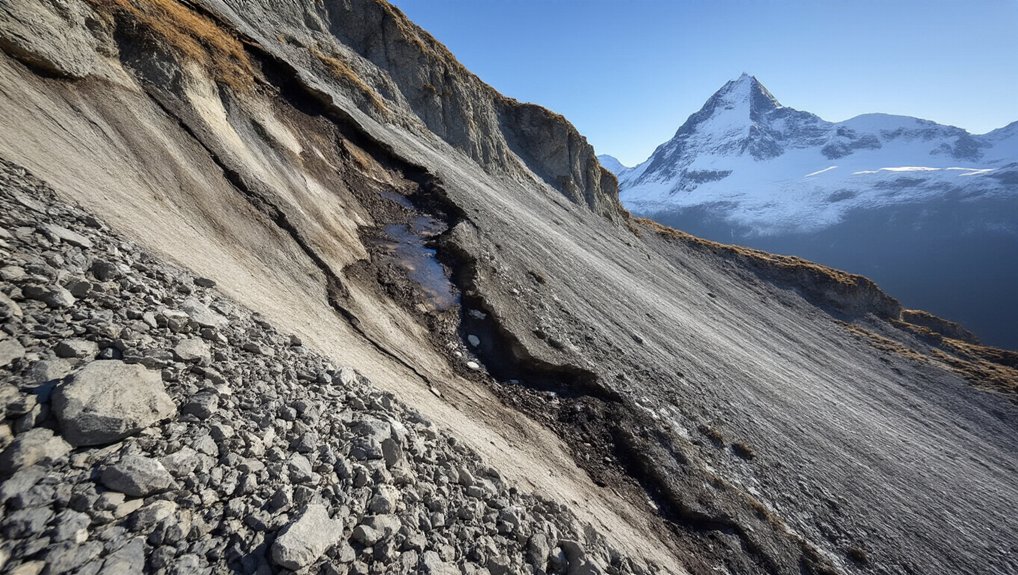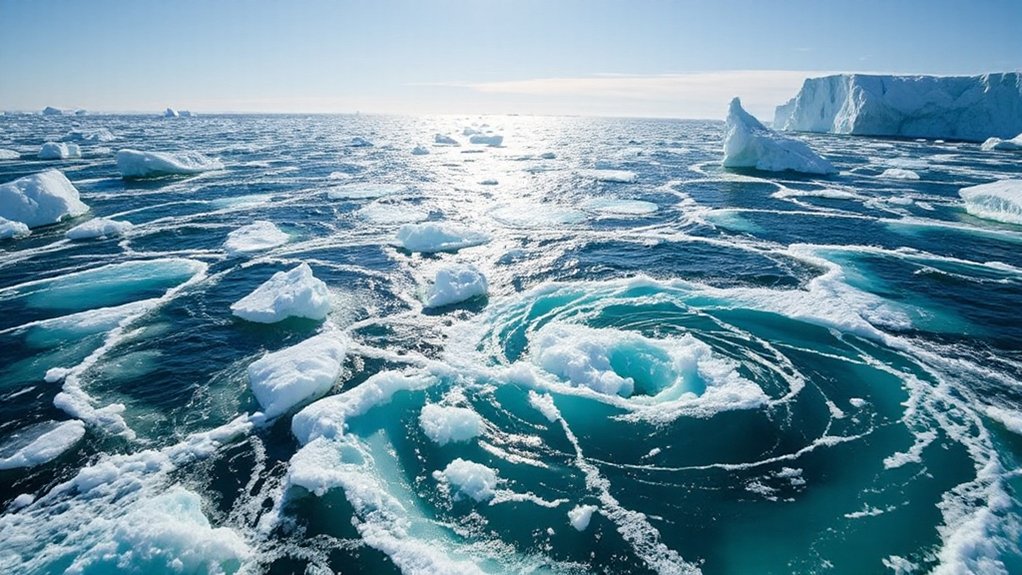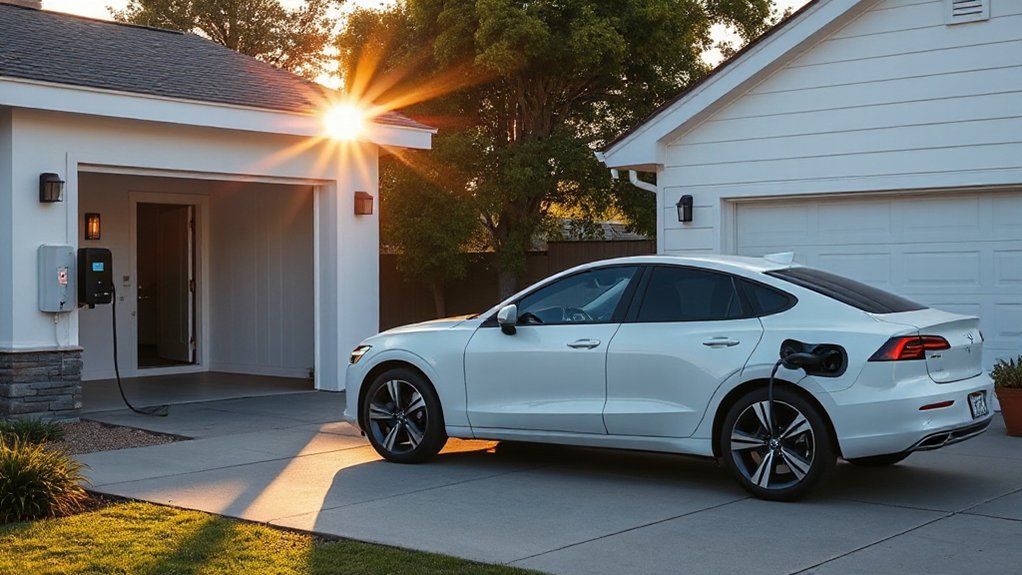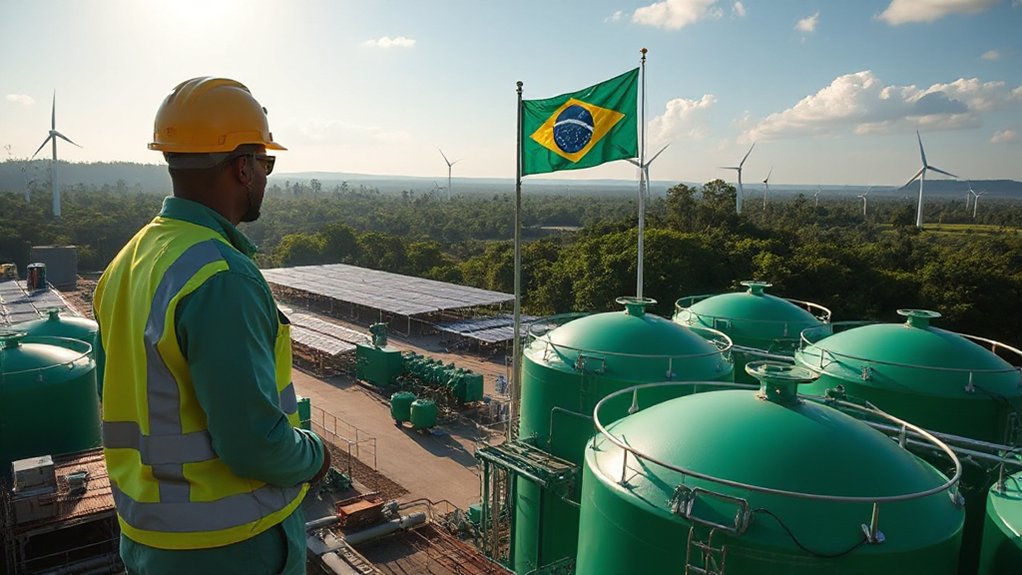While scientists have warned about climate change for decades, the stark reality is now impossible to ignore. Global temperatures are surging at a pace roughly 10 times faster than post-Ice Age averages. Our oceans? Warming. Ice sheets? Melting. Yeah, that’s happening in Antarctica, Greenland, the Andes – pretty much everywhere with ice. It’s not exactly a mystery why.
Climate change is no longer theoretical. The Earth is running a fever, and the ice is melting everywhere.
We’ve known since the 19th century that greenhouse gases trap heat. Simple physics. What’s new is the speed – we’re pumping CO2 into the atmosphere 250 times faster than natural processes. The evidence is written in ice cores, tree rings, and satellite data. No amount of wishful thinking changes these facts.
The Antarctic Peninsula has warmed 2.5°C in just 50 years. Ice shelves are breaking up. Glaciers are retreating. This isn’t just bad news for polar bears – it affects billions of people who depend on meltwater for drinking and agriculture. Meanwhile, sea levels rise. Coastal cities take note.
Arctic sea ice is vanishing, which accelerates warming even more. Less white ice means less sunlight reflected back to space. More heat absorption. More warming. It’s a vicious cycle that’s playing out exactly as climate models predicted. The ocean has absorbed so much excess heat that the top 100 meters have warmed by 0.33°C since 1969. Funny how science works.
Scientists aren’t laughing, though. They’re warning that warming beyond 3-5°C could threaten the sustainability of global civilization. Not exactly small potatoes. Ocean circulation patterns like AMOC could collapse, triggering severe climate disruption worldwide. Food systems, water supplies, infrastructure – all vulnerable to compound climate impacts.
What happens when multiple systems fail simultaneously? Climate scientists call it “endgame research.” The rest of us might call it terrifying. Tipping points lurk – methane release, ice sheet collapse – that could accelerate everything. Once certain thresholds are crossed, there’s no easy way back.
Our civilization isn’t gasping for air yet. But the warning signs are flashing bright red. Ice cores from high-elevation glaciers provide undeniable evidence of unprecedented warming conditions compared to the past millennium. Reforestation efforts can help absorb some of the excess carbon dioxide but systemic changes are essential to truly address this crisis.
References
- https://science.nasa.gov/climate-change/evidence/
- https://pmc.ncbi.nlm.nih.gov/articles/PMC2995507/
- https://www.swcleanair.gov/docs/Climate-Change-Evidence-Causes-Royal-Society-Natl-Academy-of-Sciences-2014.pdf
- https://en.wikipedia.org/wiki/Climate_change_and_civilizational_collapse
- https://www.pnas.org/doi/10.1073/pnas.2210525119
- https://journals.sagepub.com/doi/10.1177/09632719241255857
- https://www.un.org/en/climatechange/what-is-climate-change
- https://www.epa.gov/climatechange-science/impacts-climate-change
- https://www.who.int/news-room/fact-sheets/detail/climate-change-and-health
